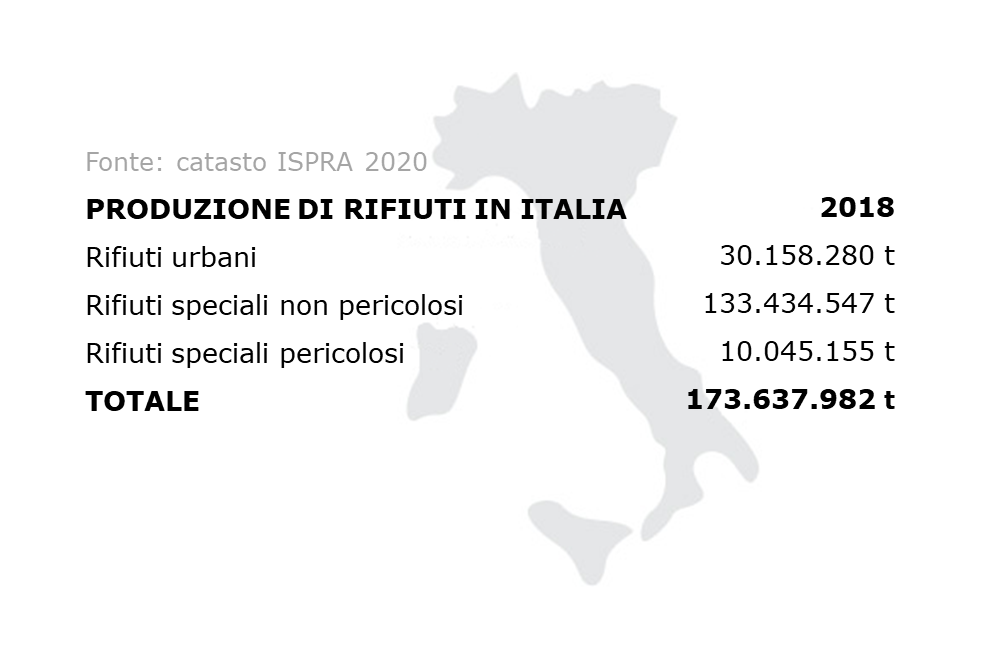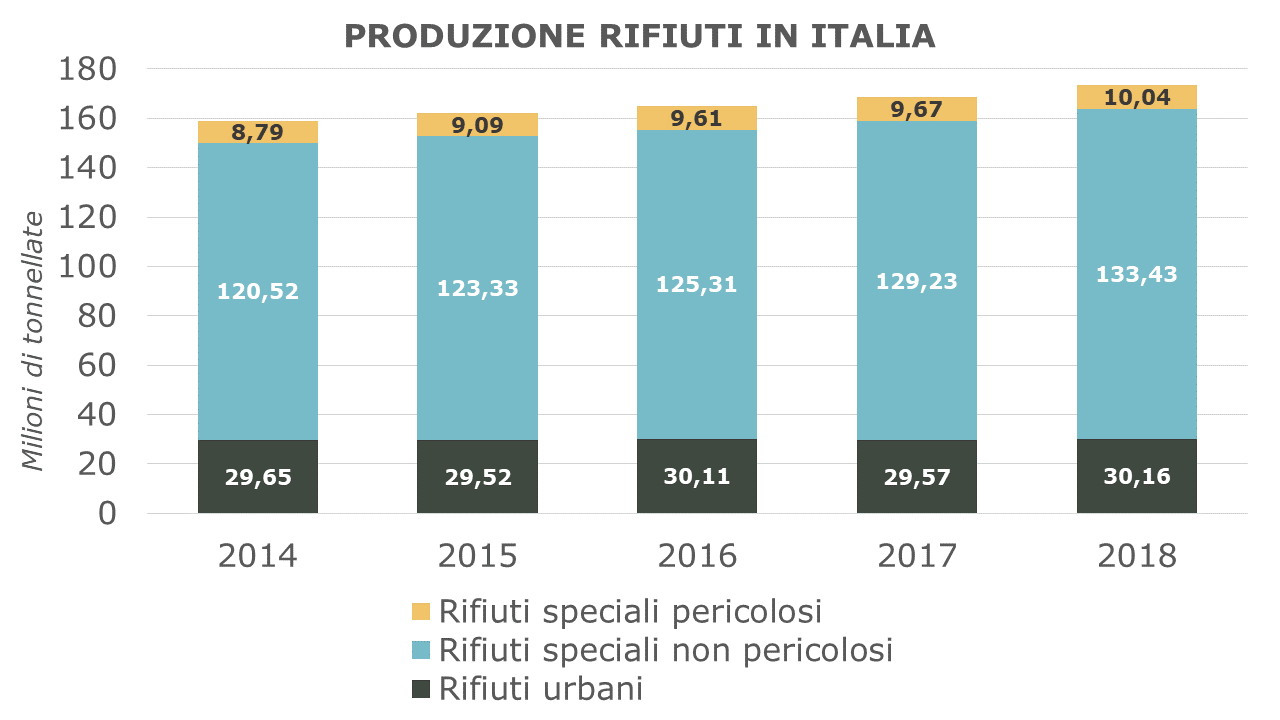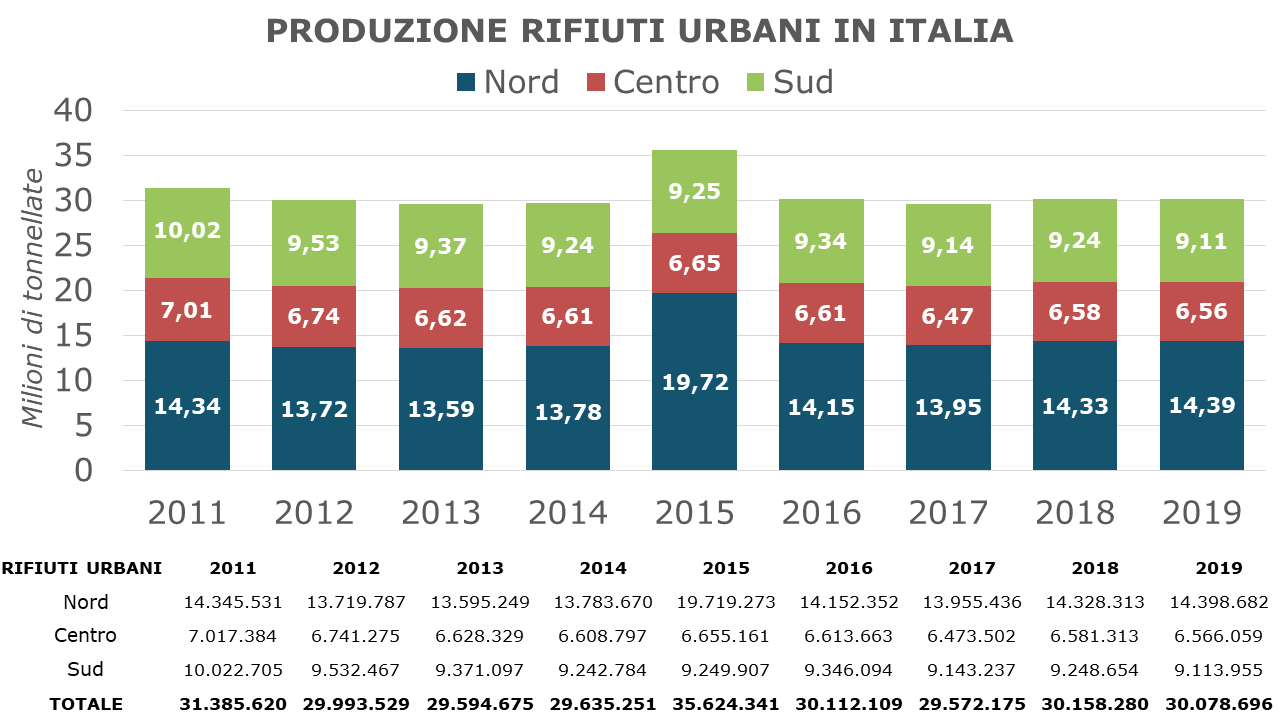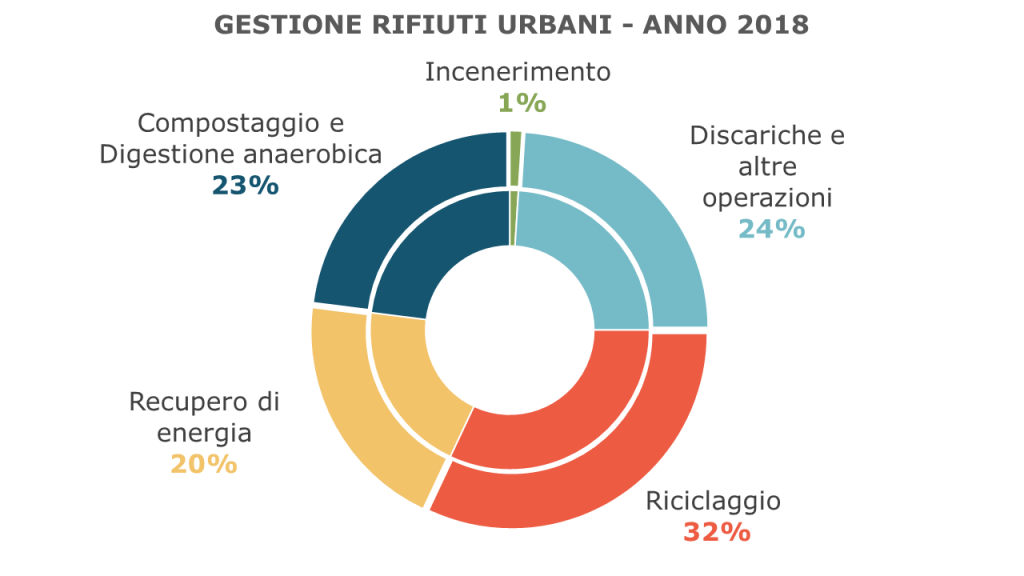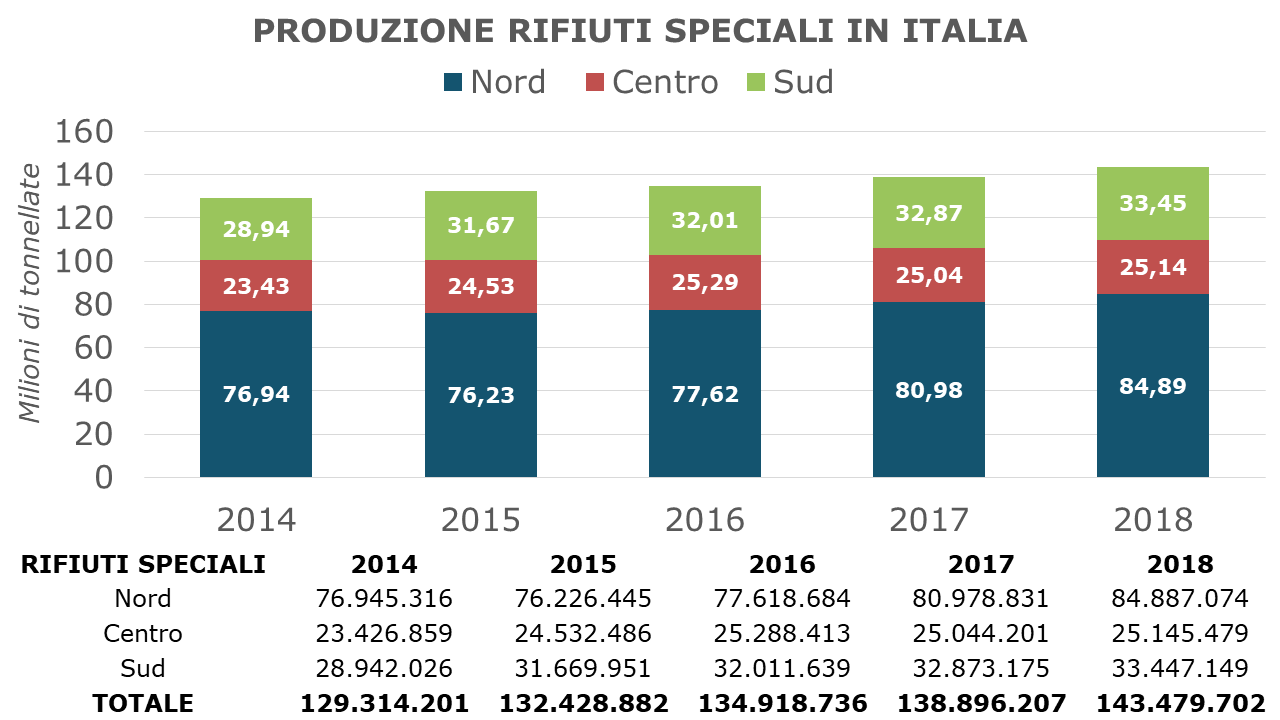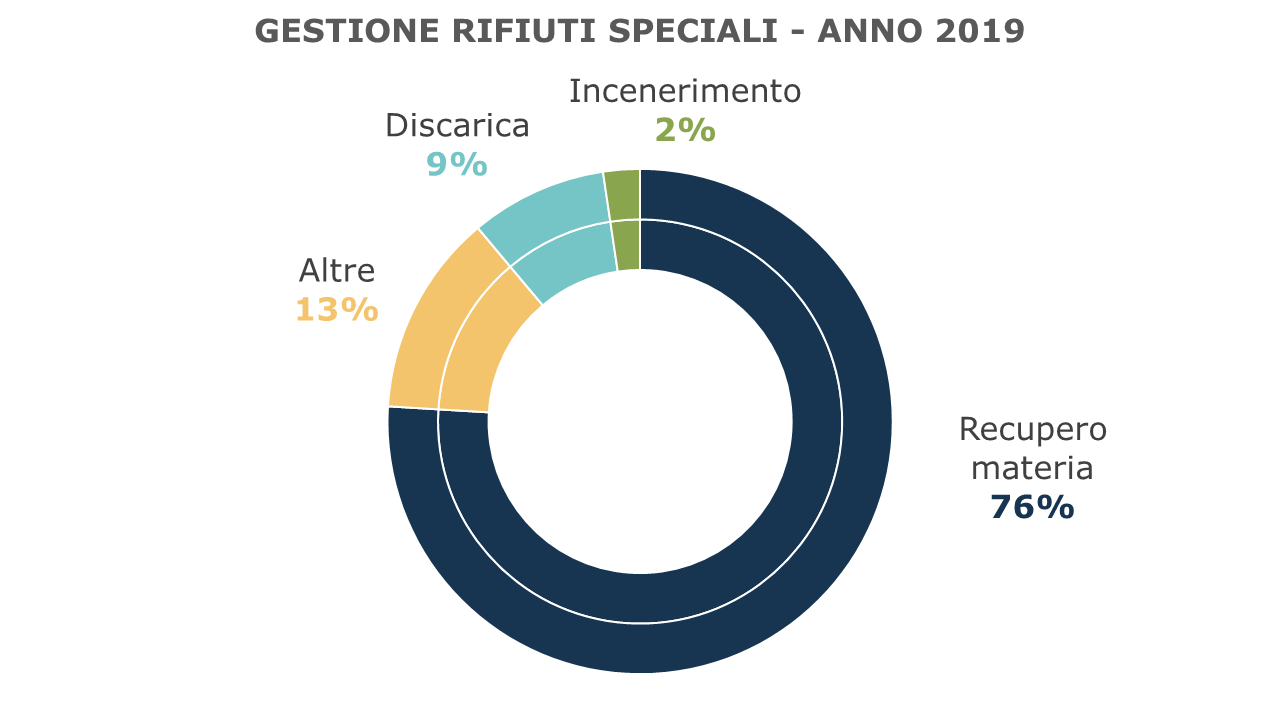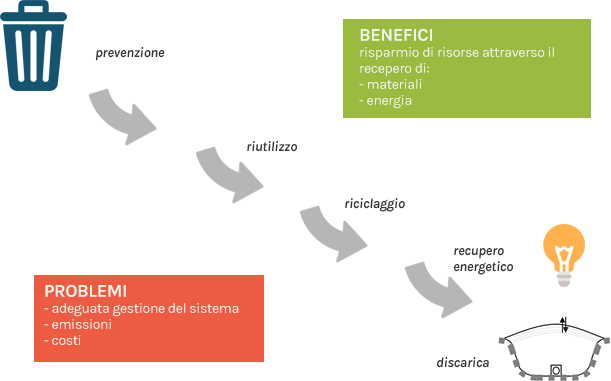Waste Management
The Italian legislation (D.Lgs. n. 152/2006) defines waste as any substance or object that the holder discards, either by choice or because he is obliged by law to do so.
The detailed list of wastes, and their classification, are established by law and periodically updated. The total production of waste in Italy is around 174 million tons per year (ISPRA 2020), corresponding to approximately 2,900 kilograms per inhabitant per year.
Waste can be classified in two ways, i.e. by origin or by hazard:
The classification based on origin comprises:
- Urban waste (UW)
- Special Waste (SW)
The classification based on hazard comprises:
- hazardous waste
- non-hazardous waste
The distinction between urban/special waste and hazardous/non-hazardous waste affects many technical procedures related to its management, such as permits, registration and annual reporting obligations, identification of the entity responsible for disposal, prohibition of mixing, sanctions system, and so on. The individual waste classes are codified according to the existing European Waste Catalogue (EWC) six-digit codes, of which the first two digits identify the chapter, the second two the subchapter and the last two the specific waste.
Urban Waste
Waste belonging to the following categories is considered Urban Waste:
- household waste, including bulky
- waste from street sweeping
- waste of any nature or origin, lying in public areas
- vegetable waste from green areas (gardens, parks and cemetery areas)
- waste from cemetery activities
The production of Urban Waste in Italy amounts to approximately 30 million tonnes per year, the trend being related to changes in the main economic indicators (e.g. household consumption).
The production of Urban Waste per capita in Italy is around 500 kg per inhabitant per year. Most of the Urban Waste produced is treated through recovery of the materials fractions by means of Separate Collection (32 %), followed by landfill disposal (24 %), biological treatment (23 %) of the organic fraction from separate collection, energy recovery (20 %) of the unsorted fraction.
Rifiuti Speciali
Waste belonging to the following categories is considered as Special Waste:
- waste from agricultural and agro-industrial activities
- waste from demolition, construction, excavation activities
- waste from industrial and artisanal processes
- waste from commercial, service and healthcare activities
- waste from recovery and disposal activities, from the purification of waste water and emissions into the atmosphere
- deteriorated and obsolete machinery and equipment, end-of-life vehicles
- Refuse Derived Fuel (RDF)
The production of Special Waste in Italy reaches 143 million tons per year, with an average per capita production of 2,400 kg per inhabitant per year.
Most of the Special Waste produced is sent to materials recovery (76%), followed by other disposal solutions(13%), landfill disposal (9%) and lastrly energy recovery/incineration(2%).
Composizione del rifiuto
In addition to its origin and danger, waste can be classified according to its composition. In particular, there are two distinct classifications by composition.
Waste Composition
Waste composition classifies the components on the basis of visually detectable macroscopic physical characteristics.

Elemental composition
Elemental composition classifies the components on the basis of chemical composition, detected by laboratory tests.

Strategie di gestione dei rifiuti
Directive2008/98/CE of the European Parliament and of the Council of the European Union establishes a “waste hierarchy”, i.e. an order of priority to be implemented for the prevention and management of waste.
